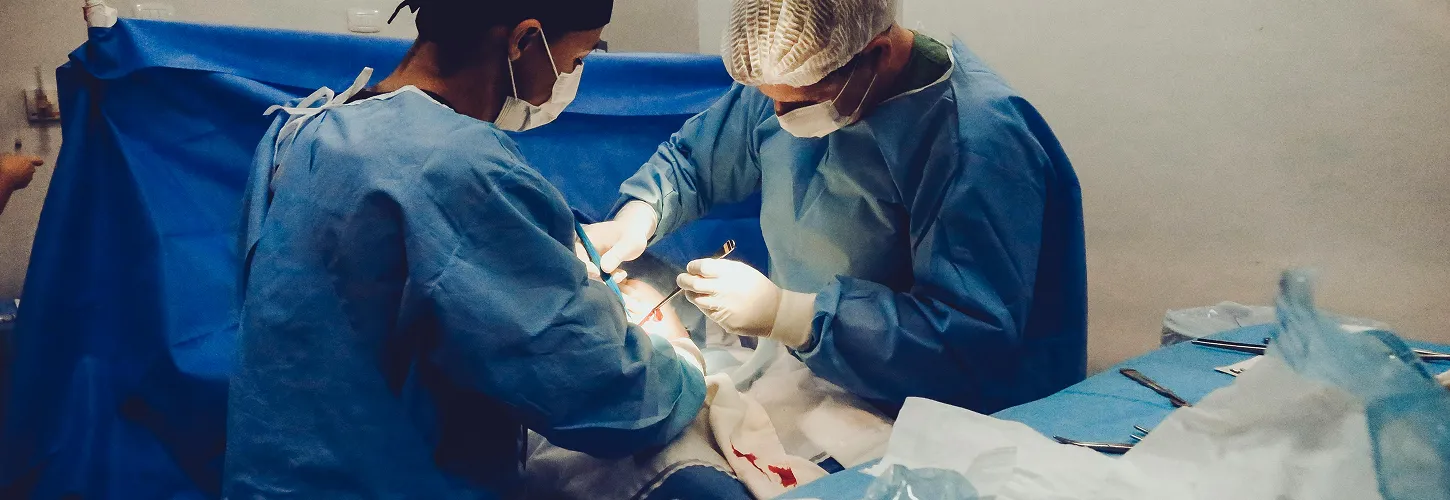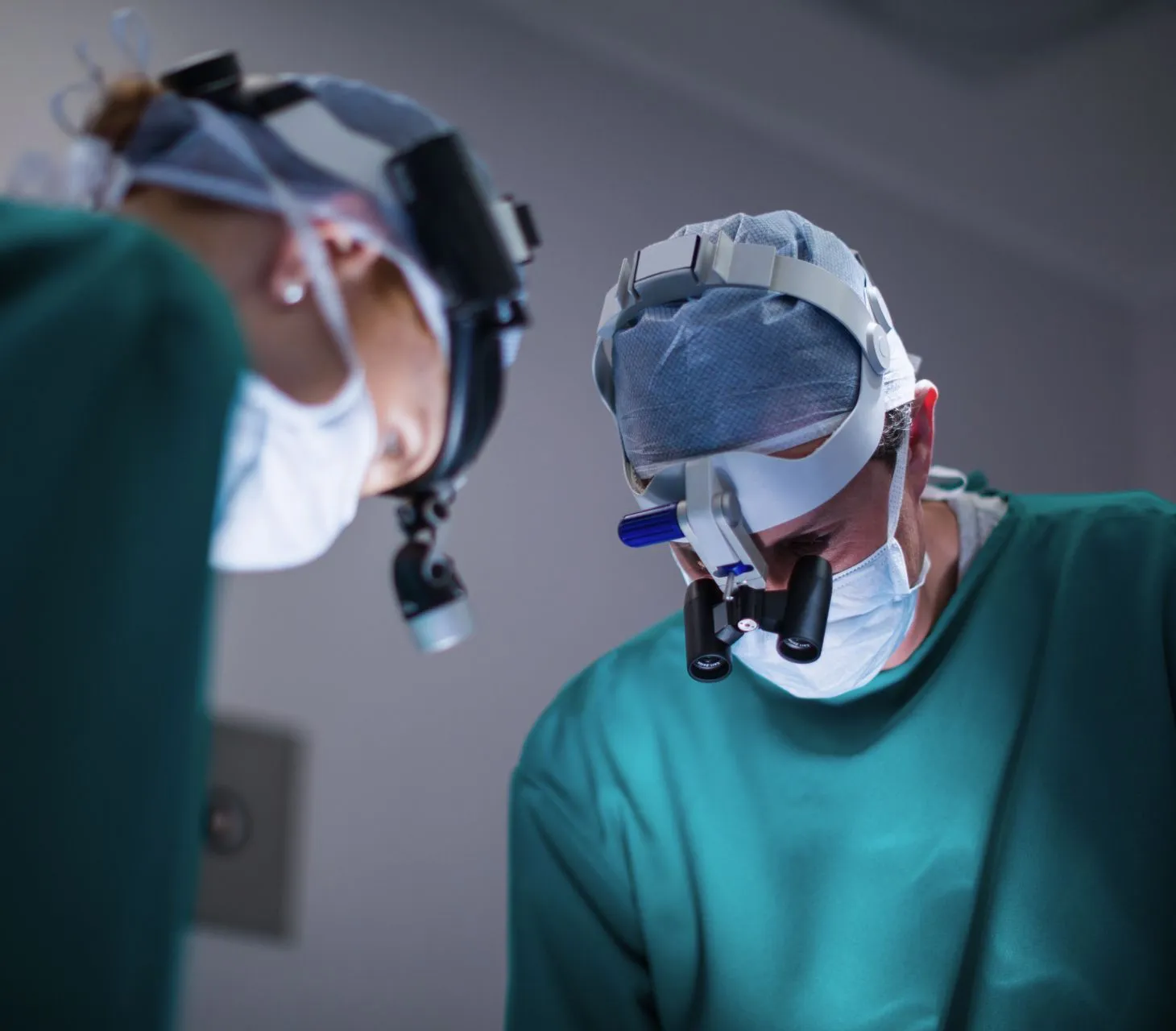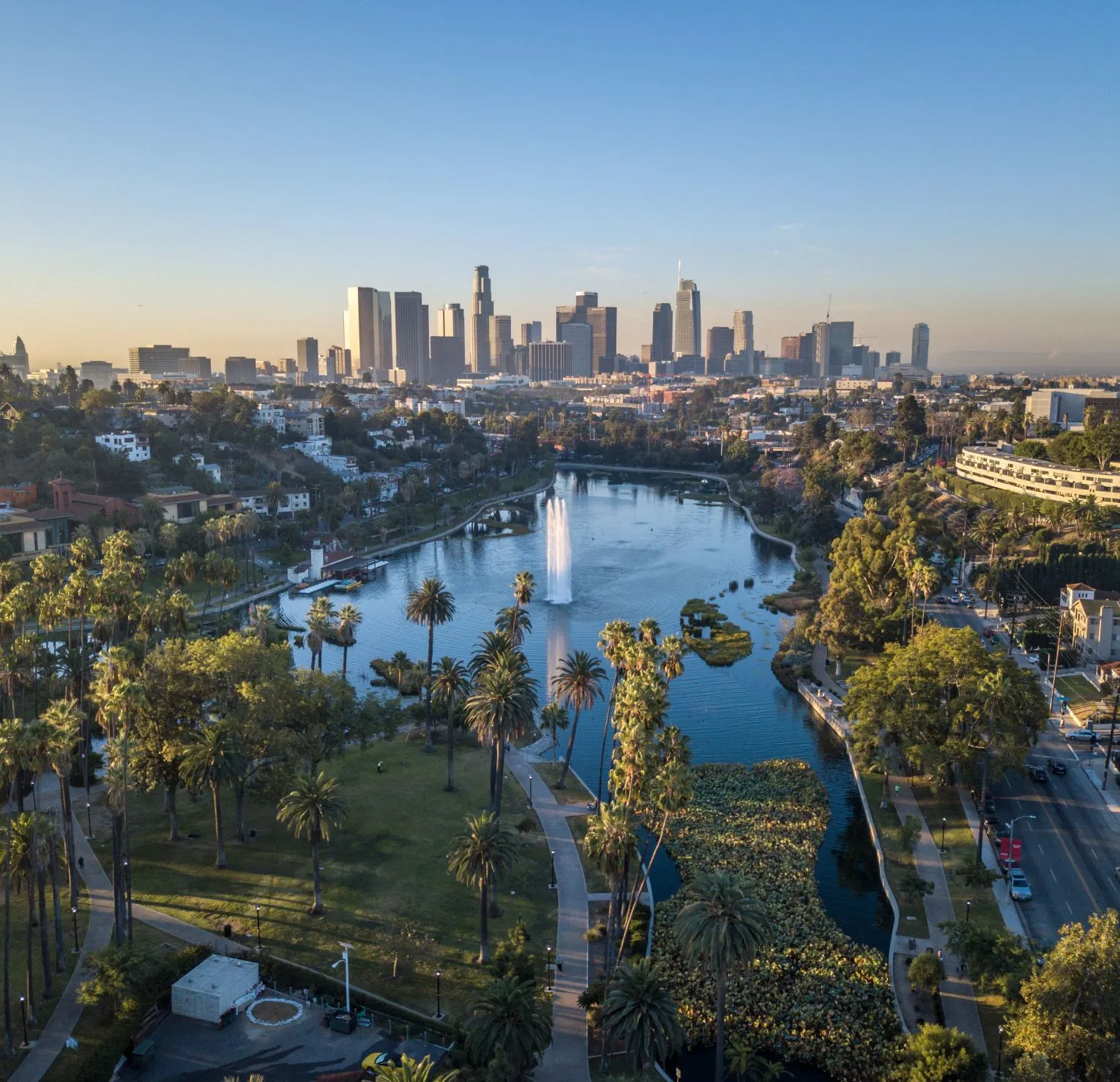




Trigeminal Neuralgia Surgery in Los Angeles
Depending on the nature of your condition, get elite care with Microvascular Decompression, Stereotactic Radiosurgery (Gamma Knife), or Percutaneous Rhizotomy / Balloon Compression.







WHAT IS Microvascular Decompression (MVD)?
Microvascular Decompression is a microsurgical procedure used to relieve pressure on the trigeminal nerve, typically caused by a blood vessel pressing against it. This pressure disrupts the normal function of the nerve, resulting in intense facial pain. MVD is performed through a small incision behind the ear, and once the vessel is gently moved away from the nerve, a soft cushion (usually a Teflon pad) is placed between the two to prevent future contact. This surgery offers the potential for long-term pain relief without damaging the nerve.
WHAT IS Stereotactic Radiosurgery (Gamma Knife)?
Stereotactic radiosurgery, commonly known as Gamma Knife, is a non-invasive technique that uses highly focused beams of radiation to target the trigeminal nerve root. The radiation alters the nerve’s ability to transmit pain signals, providing relief without the need for a surgical incision. Gamma Knife is an ideal solution for patients who are not candidates for open surgery or who prefer a less invasive approach. It’s typically performed in a single outpatient session, with pain relief developing gradually over several weeks to months.
WHAT IS Percutaneous Rhizotomy?
Percutaneous Rhizotomy includes several minimally invasive techniques, such as balloon compression, glycerol injection, or radiofrequency ablation, designed to interrupt pain signals in the trigeminal nerve. These procedures are done under local anesthesia and involve inserting a needle through the cheek to reach the trigeminal nerve. Balloon compression temporarily squeezes the nerve, while other methods use chemicals or heat to reduce its activity. These options are typically reserved for patients who have not found relief with medication or are not suitable candidates for more invasive surgery.



When Is Trigeminal Neuralgia Surgery Recommended?
Surgical treatment may be recommended when:
- Medications like carbamazepine or oxcarbazepine are no longer effective
- Side effects from medication are intolerable
- You experience breakthrough pain despite medical therapy
- The pain significantly interferes with daily activities, eating, or speaking
- Imaging suggests a vascular compression of the trigeminal nerve
- You prefer long-term relief without reliance on daily medications
Trigeminal neuralgia surgeries are used to treat:
- Classic trigeminal neuralgia (Type 1)
- Atypical facial pain with a trigeminal nerve origin
- Secondary trigeminal neuralgia caused by multiple sclerosis or tumors

What to Expect During Trigeminal Neuralgia Surgery
Microvascular Decompression (MVD)




MVD is performed under general anesthesia.




A small incision is made behind the ear, and a craniotomy is performed to expose the trigeminal nerve at the brainstem.




Using microsurgical techniques, the blood vessel compressing the nerve is gently separated, and a Teflon pad is placed to prevent future contact.




Hospital stay is typically two to three days, with a return to most activities in a few weeks. Pain relief is often immediate and long-lasting.
Gamma Knife Radiosurgery




A head frame is placed to precisely target the nerve. Imaging (MRI or CT) guides treatment planning.




The patient lies comfortably in the Gamma Knife unit while focused radiation is delivered in a single outpatient session.




Most patients go home the same day. Pain relief occurs gradually over a period of weeks or months.
Percutaneous Rhizotomy




These procedures are done under local anesthesia with light sedation.




A needle is inserted through the cheek and guided to the trigeminal nerve using X-ray imaging.




Balloon compression inflates a small balloon to compress the nerve. Other methods may involve heating (radiofrequency) or injecting medication (glycerol) to selectively damage pain fibers.




Same-day discharge is common. Some facial numbness may occur but it is often preferable to ongoing pain.


FAQs About Trigeminal Neuralgia Surgery
The best surgical option depends on your health, age, MRI findings, and personal preference. Dr. Yashar will review your history and imaging to guide you toward the most appropriate treatment.
Microvascular Decompression offers long-term relief in 70 to 90% of patients with classic trigeminal neuralgia, especially when a compressing vessel is identified.
It is minimally invasive and well tolerated. Some patients may develop mild facial numbness, which is usually temporary.
These procedures can provide relief for months to years. They may need to be repeated if pain returns, but they are quick and minimally invasive.

Where to Find the Best Trigeminal Neuralgia Surgeon in Los Angeles
Trigeminal neuralgia is one of the most painful conditions known, but you don’t have to live with the agony. At Yashar Neurosurgery, we combine expert diagnostics with advanced surgical solutions to offer you lasting relief.
Whether you need microvascular decompression, Gamma Knife radiosurgery, or a minimally invasive rhizotomy, Dr. Parham Yashar provides the precision and experience necessary to restore your quality of life. As one of Los Angeles’s leading neurosurgeons for facial pain, Dr. Yashar is board-certified, fellowship-trained, and takes a compassionate, personalized approach to help you reclaim your pain-free days.





Get in touch today
Please complete and submit the form below and a member of our staff will contact you shortly.




